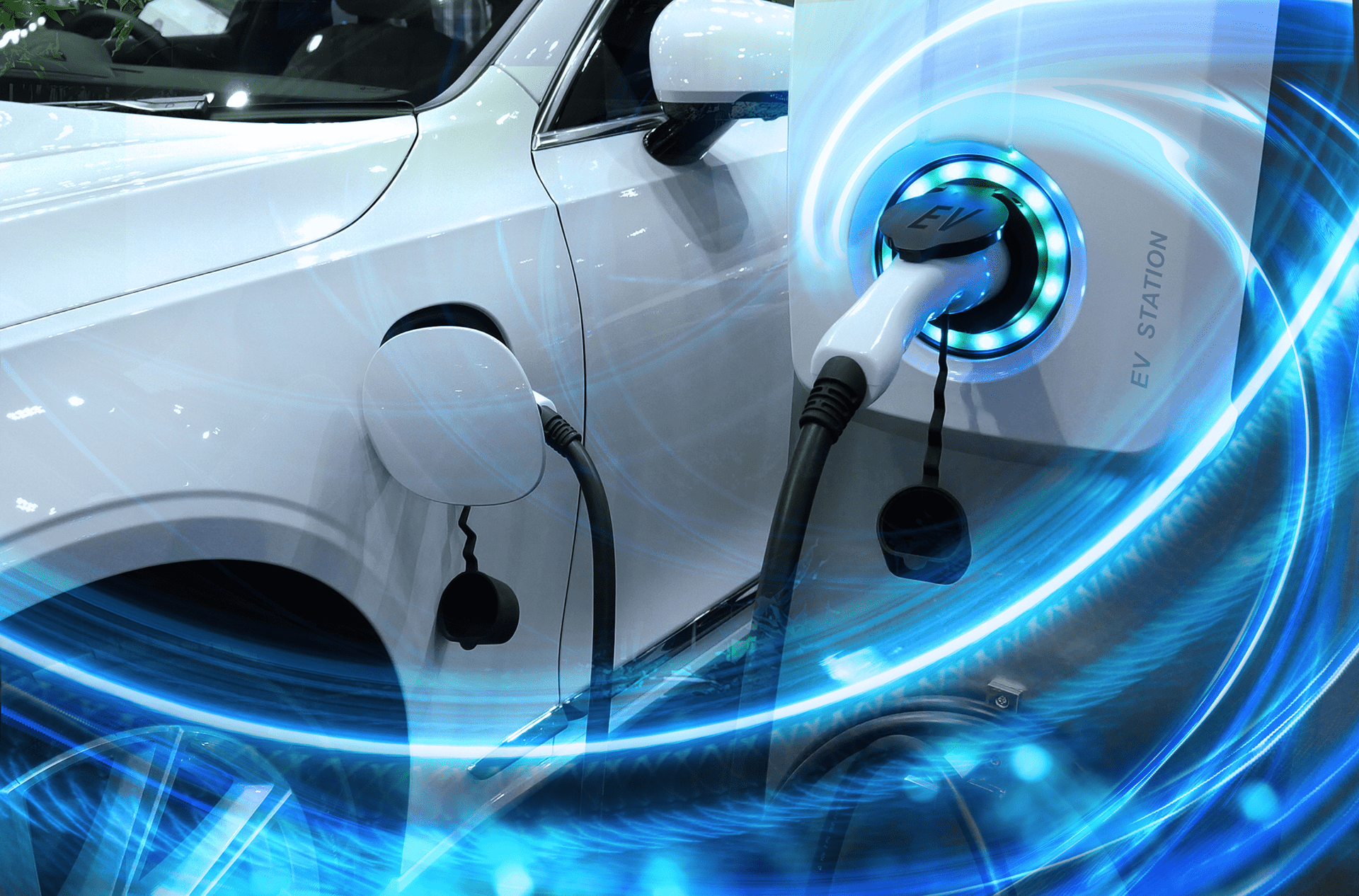Automotive
Did you know that the word coach comes from the Hungarian word kocsi, meaning from Kocs, which was first used as the word for carriage and then car in Hungarian? The reason is simple: four-wheeled, covered carriages were first made in this Hungarian village…
Looking at the history of automotive industry, it isn’t difficult to find further Hungarian connections: the carburettor (János Csonka), the concept of the Ford Model T (József Galamb) or the Lunar Roving Vehicle of the Apollo Space Programme (Ferenc Pavlics) are just a few examples of how Hungarian engineers have contributed to the development of the automotive industry.
Nowadays, Hungary is still part of the industry’s beating heart; large companies such as Audi, Mercedes and Bosch have sites in Hungary, creating thousands of new jobs in an already essential industry, which is responsible for 4% of total employment and includes more than 700 suppliers.
The Hungarian economy as a whole is greatly determined by car production, which is significant in international comparison too. The Hungarian car production’s largest partner in almost all respects is Germany, as most of the sector’s total exports go there. Hungary can therefore be called an “automotive nation”, just like Germany itself.
The country’s motorway network, begun in 1964, now comprises 13 motorways and a further 13 expressways, resulting in an overall length of 1,646 kilometres. The difference between these two types of highways lies only in the permitted speed limit and an extra emergency lane in the case of motorways. This not only allows quick and easy access from the seven countries bordering Hungary, but visitors can also enjoy the well-maintained, extensive road network when driving to large cities in the country.
With e-mobility gaining ground and the future transformation of the automotive industry, it is anticipated that Hungary will remain a key stakeholder and an important location in the region. Hungary was the first country in Central Eastern Europe to adopt an e-mobility concept, while direct and indirect government incentives are also helping promote e-mobility. Modernisation extends to the growing number of charging stations for electric vehicles, while upgrading the public transportation fleet to electric vehicles is also one of the key objectives. Electric vehicle battery production has become another of the country’s competitive advantages in recent years, resulting in Hungary becoming a battery producing superpower. With so many new directions and promising initiatives, the entire industry is looking forward to Hungary’s next big achievement…




